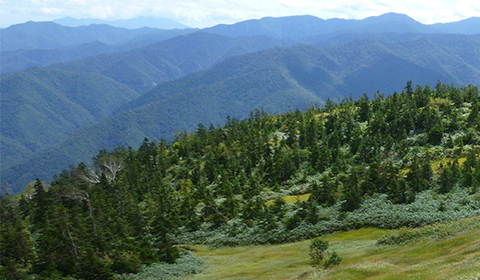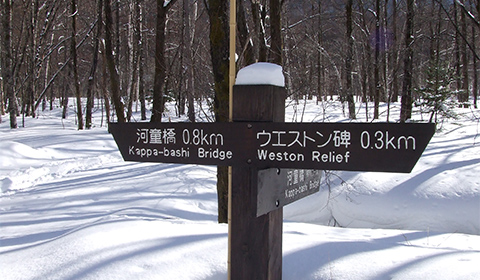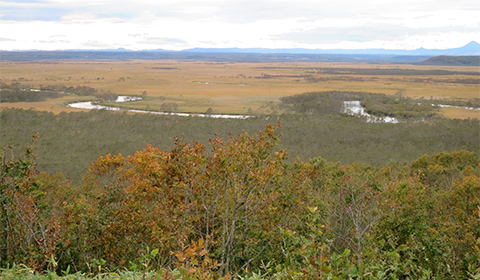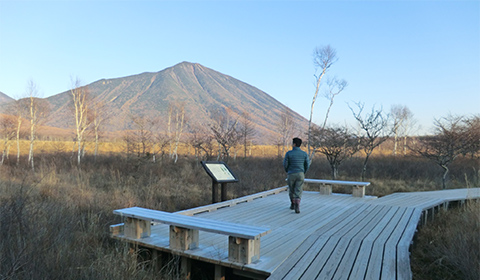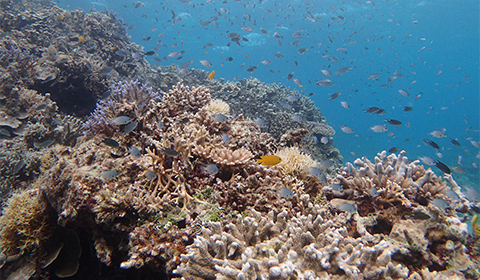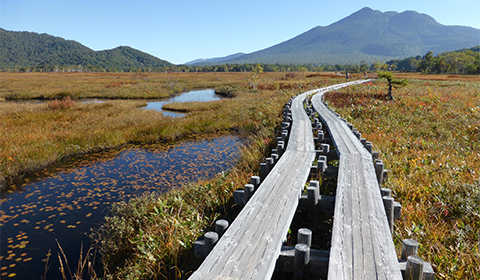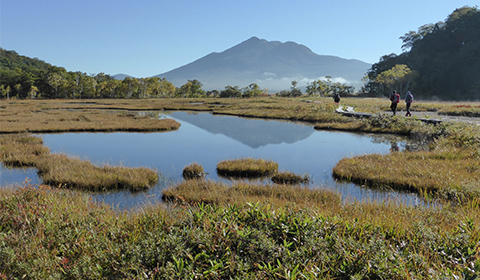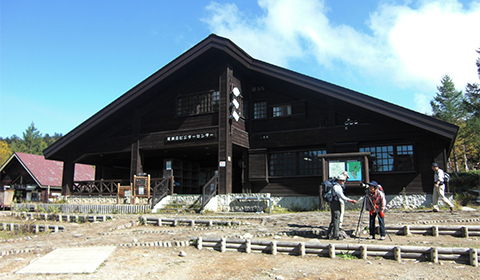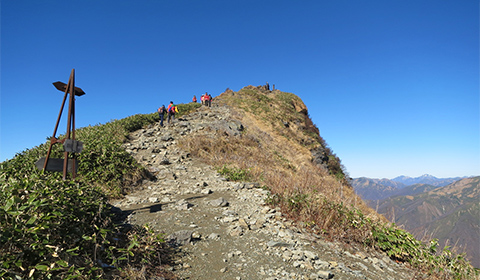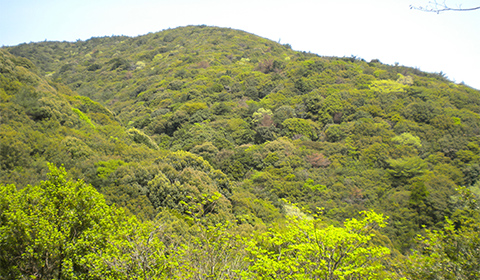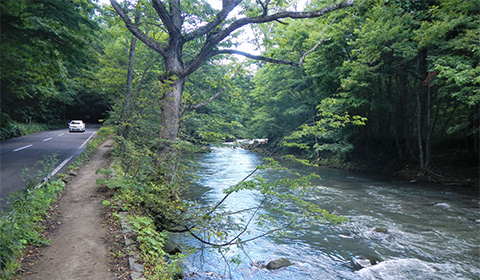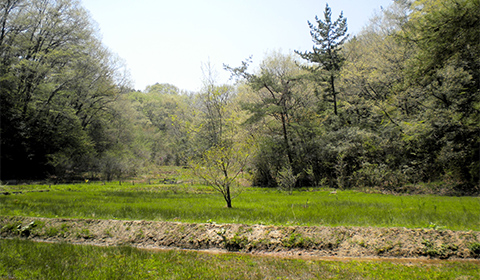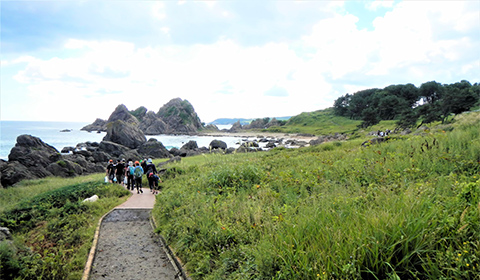English Material
Reviving Nature's Legacy:

A Guide to Nature Restoration (Yomigaere Shizen) was compiled by the Natural Environment Coexistence Technology Association (NECTA). Based on Japan’s experiences in nature restoration, it explains the implementation procedures of a nature restoration project, the technics employed and important notes to be considered upon project implementation.
A summary of the booklet is given below.
The full text can be downloaded from the bottom of this page.
Part 1Biodiversity and Nature Restoration

Part 1discusses the philosophy and concept of nature restoration and describes the necessity for nature restoration projects as measures to achieve the goals of the Convention on Biological Diversity adopted at the Earth Summit and the New National Biodiversity Strategy of Japan and realize a society in harmony with nature. Then, the principles for implementing projects in line with Law for the Promotion of Nature Restoration are provided along with an image of the direction that projects should be headed. The structure of the Committee, the decision-making body for nature restoration projects, and important notes regarding its establishment are also explained
Part 2Technical Approach of Nature Restoration

Part 2focuses on the technical aspects of implementing a nature restoration project. The entire project process beginning with drafting the Overall Plan and formulating the Implementation Plan, through design, construction and maintenance is explained from a viewpoint different from conventional construction works. Therefore, important points specific to nature restoration projects, such as adopting adaptive management and formulating monitoring plans in line with an adaptive approach, are described.
Part 3Evaluation of Nature Restoration Projects

Part 3discusses how to implement project evaluation. Nature restoration projects may appear to require just ecological evaluation, but actual project implementation is not so simple. Projects can be greatly mobilized when they have social and economic benefits on local society. This is an important perspective in the context of incorporating the philosophy of nature restoration into various public works instead of separately implementing individual restoration projects. Therefore, this part introduces not only biological evaluation methods but also evaluation and analysis methods from social and economic dimensions
Part 4Important Notes for Nature Restoration

Part 4introduces how nature restoration should be implemented in different ecosystems and discusses goal-setting and survey methods through detailed case studies. As the New National Biodiversity Strategy of Japan elaborates, Japan is faced not only with restoration needs in primitive natural ecosystems like those in Hokkaido and Okinawa, but also with the rehabilitation of ecosystems that have been managed and maintained through human production activities, such as Satoyama and grasslands. In these areas, proposals of nature restoration projects must be harmonized with local socioeconomic systems that have been maintained to present.
The Development of National Parks and Protected Areas around the World:
The Development of National Parks and Protected Areas around the World:

From a global perspective, this paper will discuss the development and some of the features of natural protected areas, which have contributed to the maintenance of the Earth’s natural environment.
The full text can be downloaded from here. The Development of National Parks and Protected Areas around the World
